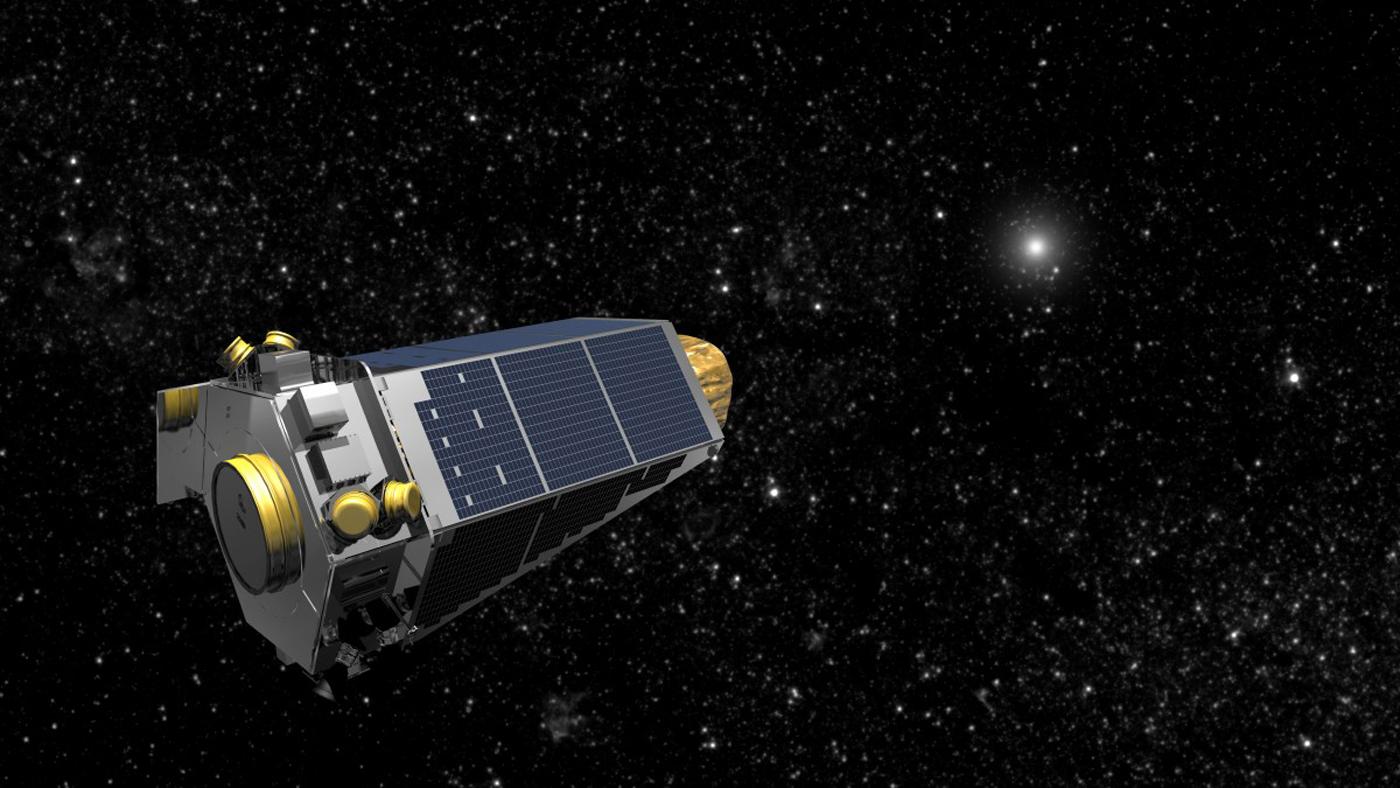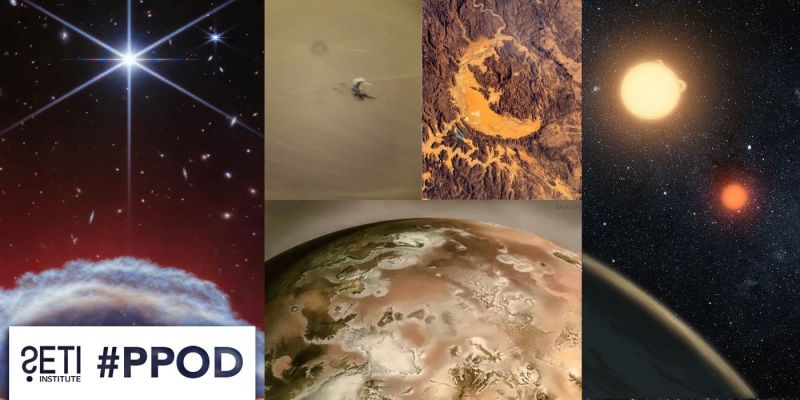After an equipment failure, the Kepler mission could have ended. The latest K2 mission results proves Kepler is still going strong.

Originally published on Space.com
Kepler has now discovered more than 100 confirmed alien planets during its second-chance K2 mission, researchers announced today (Jan. 5) here at the 227th Meeting of the American Astronomical Society (AAS).
The $600 million Kepler mission launched in March 2009, tasked with determining how commonly Earth-like planets occur throughout the Milky Way galaxy. Kepler has been incredibly successful, finding more than 1,000 alien worlds to date, more than half of all exoplanets ever discovered.
The spacecraft finds planets by the "transit method," noting the tiny brightness dips caused when a planet crosses its host star's face from Kepler's perspective. This technique requires extremely precise pointing, an abilityKepler lost in May 2013 when the second of the observatory's four orientation-maintaining reaction wheels failed.
But the Kepler team quickly figured out a way to keep the telescope stable, using solar radiation pressure as a sort of third wheel. That meant the spacecraft could eye different patches of the sky for around 80 days at a time to search for planets and other cosmic bodies and phenomena. That's what Kepler has been doing in its K2 mission, which NASA greenlit in May 2014.
Researchers had expressed hope that K2 could pick up some additional exoplanets and interesting structures in the sky. The extended mission has certainly delivered, spotting a few dozen confirmed planets, and now the tally will jump dramatically.
Read the rest at http://www.space.com/31528-100-alien-planets-discovery-nasa-kepler-space...





